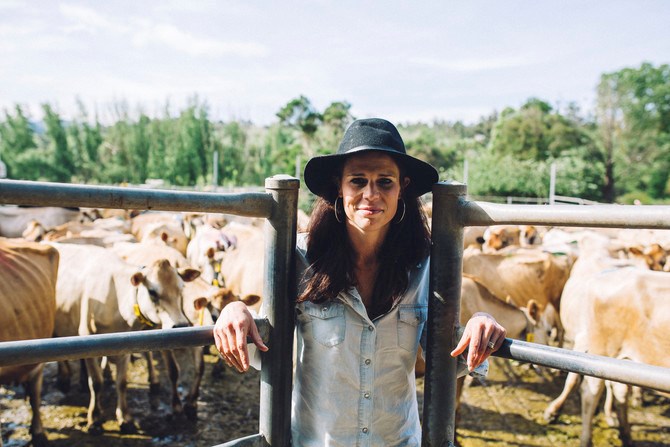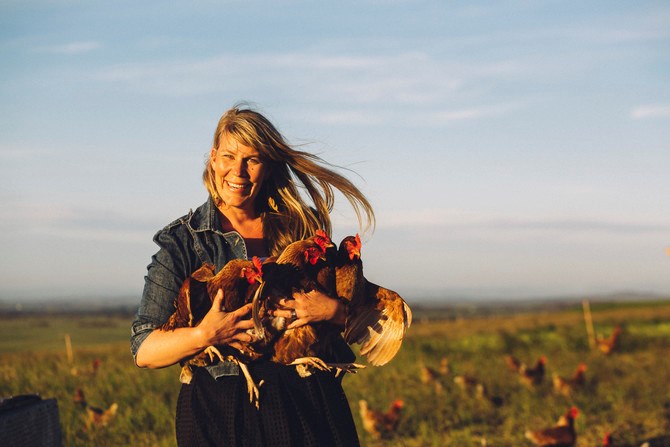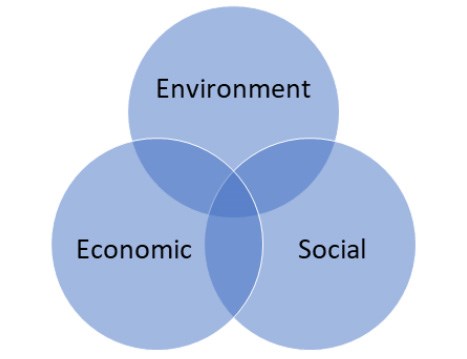Observing the present
What are farmers doing today to secure our sustainable food futures?
While present day farmers are often viewed as those that use and manage the land to produce food for local and global consumer markets, their roles extend beyond simply growing crops or livestock.
In this section, students use the Invisible Farmer project to explore the role of farmers and agriculturists in connecting the community, improving local economies, and exploring new technologies or techniques to adapt to our changing environments. Students consider the liveability of farms and rural regions and how human activity and land use changes are impacting people and place.
Pass the hat artefact around to the students. Ask them to discuss in table groups:
- Who they think the hat might belong/belonged to?
- When the hat is worn?
- Why the hat is worn?
- What identity is associated with the hat style?
Share the answers as a class and decide on four class agreed responses.
Read: Invisible Farmer
-
Outline how this project shifts perspectives on farming in Australia and opinions about the hat artefact.
-
Write a brief summary on the Invisible Farmer project, including its aims, outcomes, and benefits for future generations.
Access: Amy Paul of Ruby Hills Organics
-
Discuss the push and pull factors to rural regions.
-
How does connectivity to community and like-minded people improve liveability?
-
What are the advantages to living in an urban area? Given these ideas, suggest some reasons people choose farming as a profession.
- Describe the relative and absolute location of Walkerville, South Gippsland.
- What does ‘organic farming’ mean? What are the positives and negatives of this farming approach?
- Discuss the benefits of local produce to communities in creating sustainable and resilient environments, economies and societies.
- Farmers are often seen as the corner stone of food security, but as individuals they give so much more to society. Look through the other Invisible Farmer stories and highlight other contributions these women have made to their community to increase liveability, sustainability and reduce our impact on landscapes.
Create a photo essay or pictorial timeline that illustrates the process of change from pre-colonial farming methods to present day farming practices in Australia. Use detailed annotations/captions to describe these practices or compare them with historical techniques.
For an example see: Farming in Australia: A Photo Essay
On completion of the photo essays students to discuss the following statements. You may wish to break the students into groups and allocate one ‘thinking statement” to each group.
Thinking statements:
- The key differences between modern and historical practices in agriculture
- The impact on the environment from modern paddock to plate processes (e.g. biodiversity loss, land use, water scarcity, soil degradation)
- The impact that intensive production and lengthy food supply chains has on the landscape.
Watch:
Farmers have always faced a range of challenges from climatic shifts to how to sustainably use the land. However, human activities and anthropogenic changes are impacting farmers like never before.
Urbanisation creates a range of challenges for farmers from losing land to urban sprawl, to trying to meet the ever-growing demand for resources. Much of the most fertile land is located within or around city centres, however, given our access to transport and technologies such as refrigeration, there is often no need to prioritise urban farms and so much of our food is grown in regional areas putting pressure on the land and increasing degradation.
In large mega-cities, the demand for resources can often outweigh the amount of food that can be produced in the surrounding regions and so some countries have a heavy reliance on other countries for much of their food. A reliance on imported goods can make a region more vulnerable when supply shifts or there are sudden changes such as the COVID-19 pandemic restricting movement of products on a local, national and global scale.
- Define the term ‘anthropogenic’. How are humans interconnected with land degradation and water scarcity?
- Discuss why understanding the role of farming in our society is important for land management and sustainability?
- How is farming practice interconnected with different environments and landscapes (i.e. coasts, rivers, grasslands, forests, and biodiversity)?
- How are consumers (people who buy and eat food) also responsible for improving sustainability, reducing land degradation, and water scarcity?
Food accounts for around 26 per cent of global emissions. In particular, the production of foods such as meat and the transportation of goods from farms to consumers have a huge impact on our environment. By improving the quality, diversity, and accessibility of local produce for consumers, we create a more resilient, food secure, and economically and environmentally sustainable community.
Read: Chef and farmer Janet Jeffs on farming, cooking and eating local produce
- What is meant by ‘paddock to plate’? How is it interconnected with local food security?
- Explain the impact Janet has had on her local and broader communities. Consider connectivity, liveability, and social engagement
Food is often said to connect people and place. Many cultures are centred around preparing, sharing, and experiencing food in order to connect with family and community. By producing a variety of foods locally, we are able to become more sustainable, less reliant on global food supply chains, and improve regional economies, ultimately increasing the liveability of an area.
- Conduct some research investigating how access to healthy, reliable, and sustainable food can increase the liveability of a region. You may wish to research what produce is available in your local area.
Curriculum links activities 1-4: VCGGK126, VCGGK119, VCGGK116, VCGGK111, VCGGK112, VCGGK114, VCGGK108, VCGGC099, VCGGC101, VCGGC102, VCGGC103
Cross curriculum links: VCEBR011, VCEBB015, VCCCC026, VCCCC027, VCHHC097, VCCCTQ034, VCCCTM040
- Australian Government: Food security for remote communities Current First Nation community food security issues.
- Australian Government: Food security in Australia and COVID-19 Food security in Australia and connections with COVID-19.
Teacher further reading
- Vic Health field study: The Impacts of a Localised Food Supply: What is the Evidence?
- 20 minute neighbourhoods: Creating a more liveable Melbourne (Victorian State Government)
- 10 Cities Revolutionizing Local Food (Eco Watch) International examples of cities revolutionising food systems.
Next



